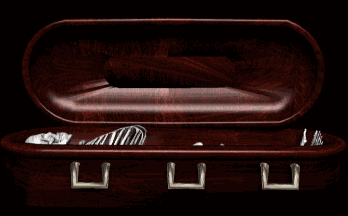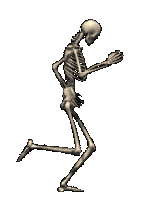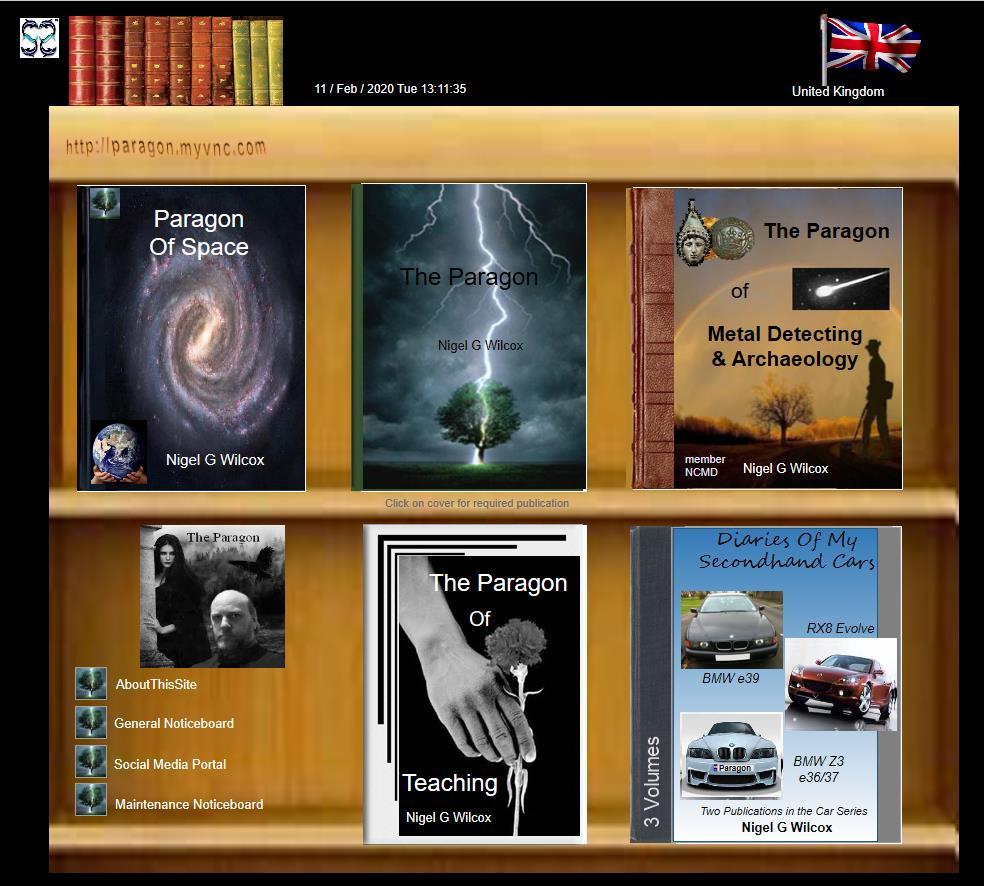




Designed by Nigel G Wilcox
Introduction To Beginners - Tools

The Paragon Of Metal Detecting
Powered By Sispro1

Introduction to a Tool Kit
Tools You May Require
You will require some other tools, mainly for digging and processing your artifact or find(s). What you use is really based on what you feel is your personal preferences and there are no set rule.As an example, I have a trusty pigmy trench spade as it was delivered with a stubby handle, do you know, I couldn't belive it and though I had been short changed, on delivery, I unpacked it from an oversized box and the spade object only came up to my kneecaps. Slightly disallusioned I further purchase another spade, one with a 27" handle this one was more suited to my back. The pigmy is ok, if you are on your knees or in a confined space. (weird, I never know if it is being politically correct calling it a pigmy spade, but hey! I am never shy to call a spade a spade - also not one for being politically correct). Moving on, I favour the bricky's motar trowel, rather than the garden trowel, as the 'motar-to-the-point' (yes, ok...) it is more precise. Most achaeologists prefer them too, with less chance of breaking the find or object when removing soil or fragments.
When I find any small finds, I do like to photograph them in conjunction with using an 'L' shape rule, this allows for size scale comparison and I normally carry an assortment of sized plastic bags that can be written on, to document the date, time, object, coordinates. Note: Only move the object(s) after concluding the importance of your find(s), If not sure, cover and seek advice. (note also, value and security).
Not forgetting the black bin liners for carrying away any rubbish; the odd skeleton dug out of the ground here and there. (This keeps the famer happy, and you will feel a nice warm glow inside, knowing that you are friends with your envronment!). (I was kidding about the skeleton by the way - remember to read as much as you can on archaeological finds - and do not touch skeletons or remains, call the police Forensic Section).
Some prefer to take a small brush (quite), others prefer a screwdriver or plasterer type probe, and there are those that have the pick hammer (Joke there somewhere), I digress....used by geologists and mountain climbers, sometimes useful for large rocks and hard ground, useful but again, it is up to your individual preference - rule of thumb, always be gentle around artifacts or finds.
A rucksack is useful, especially if it is a long day out, bearing in mind you are carrying alot of gear, weight is also a consideration, especially if you do have to include finds for your return journey. A good pair of boots and waterproofs are also advisable. Now be careful here, no steel toecaps or boots with loads of metal lace holes... yes your've guessed it, they will be picked up on your metal detector. You will spend all day chasing your feet! Now that is funny!
Back to serious! - food, water is important as well as a First-Aid pack and a good reliable mobile, this is in case of emergencies, especially if you are out in the sticks. Remember the country code and safety is aways the utmost of importance:
You will require some other tools, mainly for digging and processing your artifact or find(s). What you use is really based on what you feel is your personal preferences and there are no set rule.As an example, I have a trusty pigmy trench spade as it was delivered with a stubby handle, do you know, I couldn't belive it and though I had been short changed, on delivery, I unpacked it from an oversized box and the spade object only came up to my kneecaps. Slightly disallusioned I further purchase another spade, one with a 27" handle this one was more suited to my back. The pigmy is ok, if you are on your knees or in a confined space. (weird, I never know if it is being politically correct calling it a pigmy spade, but hey! I am never shy to call a spade a spade - also not one for being politically correct). Moving on, I favour the bricky's motar trowel, rather than the garden trowel, as the 'motar-to-the-point' (yes, ok...) it is more precise. Most achaeologists prefer them too, with less chance of breaking the find or object when removing soil or fragments.
When I find any small finds, I do like to photograph them in conjunction with using an 'L' shape rule, this allows for size scale comparison and I normally carry an assortment of sized plastic bags that can be written on, to document the date, time, object, coordinates. Note: Only move the object(s) after concluding the importance of your find(s), If not sure, cover and seek advice. (note also, value and security).
Not forgetting the black bin liners for carrying away any rubbish; the odd skeleton dug out of the ground here and there. (This keeps the famer happy, and you will feel a nice warm glow inside, knowing that you are friends with your envronment!). (I was kidding about the skeleton by the way - remember to read as much as you can on archaeological finds - and do not touch skeletons or remains, call the police Forensic Section).
Some prefer to take a small brush (quite), others prefer a screwdriver or plasterer type probe, and there are those that have the pick hammer (Joke there somewhere), I digress....used by geologists and mountain climbers, sometimes useful for large rocks and hard ground, useful but again, it is up to your individual preference - rule of thumb, always be gentle around artifacts or finds.
A rucksack is useful, especially if it is a long day out, bearing in mind you are carrying alot of gear, weight is also a consideration, especially if you do have to include finds for your return journey. A good pair of boots and waterproofs are also advisable. Now be careful here, no steel toecaps or boots with loads of metal lace holes... yes your've guessed it, they will be picked up on your metal detector. You will spend all day chasing your feet! Now that is funny!
Back to serious! - food, water is important as well as a First-Aid pack and a good reliable mobile, this is in case of emergencies, especially if you are out in the sticks. Remember the country code and safety is aways the utmost of importance:
You Will Need Some Hand Tools
.....or you could end up like him!

Copyright All Rights Reserved by Nigel G Wilcox E-Mail: ngwilcox100@gmail.com
Complimentary Topics:
Pages

Member NCMD
Beginners Menu




















